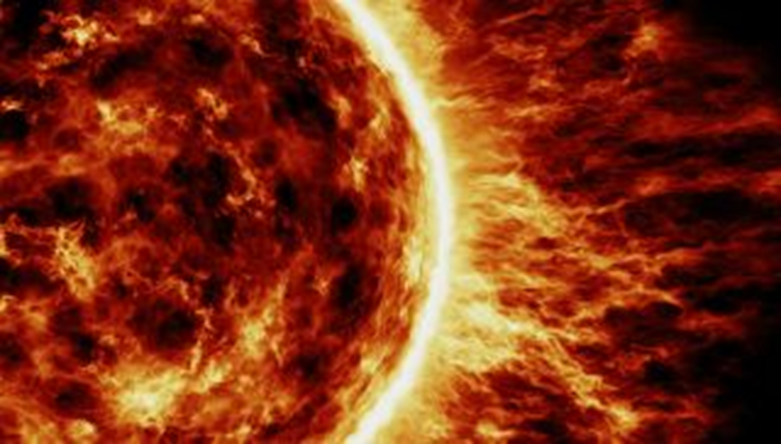An astronomical phenomenon that amazed scientists.. A magnetic storm may plunge us into complete darkness

On the other hand, this storm can produce stunning displays of natural beauty known as the aurora
For Earth to collide with coronal mass ejections (CMEs) from the sun is very common and occurs periodically, but what puzzled scientists and considered it unusual was the terrifying ejection of energetic and highly magnetized gas, which is currently on a collision course with our planet.

Having originated from multiple solar storms and an unusual 'dark eruption', there are fears the CME could trigger a weak geomagnetic storm when it hits Earth.
Although this is unlikely to significantly affect our electronic systems, our satellites or our power grids, scientists have warned of the possibility of blackouts.

Shaun Elvidge, Associate Professor of Space Environment at the University of Birmingham, said: “These storms appear as large disturbances in the Earth’s magnetic field, which may cause various weather effects. On the one hand, they can lead to radio outages and disruption of communication systems on our planet. On the other hand, these storms can produce stunning displays of natural beauty known as aurorae. The collision of the CMEs is a reminder of the Sun's immense power and potential impact on our technology infrastructure and society."
It triggered the so-called "dark eruption" four days ago, so named because the solar flare contains unusually cold plasma that makes it appear much darker compared to the sun's surface - along with the CME.
And 24 hours later, a second CME erupted, faster than a separate, much larger sunspot.
"Unstable geomagnetic activity is likely initially," the Met Office's Space Weather Service said, with the possibility of minor geomagnetic storms.

This prediction was echoed by the US-based Space Weather Prediction Center, which created simulations showing that the CME hit Earth yesterday. Such effects are very rare because they require consecutive CMEs that must travel at specific speeds and be perfectly aligned with each other.
However, one of them struck just two years ago and triggered a major geomagnetic storm.
Although rare, CMEs are seen in increasing numbers as the sun reaches the peak of its 11-year solar cycle - the next presumably in 2025.
This is because the Sun's magnetic field becomes less stable, which in turn increases the number of sunspots from which a CME can erupt.
The 2025 peak is likely to be weaker than the previous solar maximum, although recent research suggests otherwise - and it could arrive sometime in closer to two years.
Source: websites

